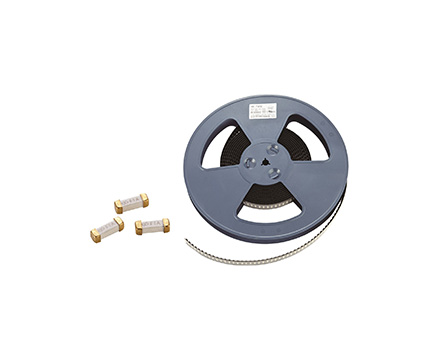
At present, there are various types of charging cables on the market. With the development of technology, magnetic suction charging cables have gradually entered people's lives as a new type of charging method. Magnetic charging cables, also known as magnetic charging wires, magnetic cables, magnetic data cables, etc., are widely used in fields such as intelligent wearable, smart home, 3c digital, medical equipment, in car navigation detection, industrial equipment, etc. to achieve signal transmission and charging functions. Compared to traditional charging methods, magnetic suction charging wires have unique advantages in use: the principle of magnetic suction wires is mainly to transmit current through spring needle pogo pins. As a variable structure connecting component, pogo pins have strong adaptability. They use magnetic adsorption to automatically adsorb and connect ports without frequent plugging and unplugging, support high current and fast charging, and achieve high-frequency signal transmission, It can also expand multifunctional interfaces. Of course, magnetic suction lines also have some potential shortcomings: exposed magnetic charging connectors can easily accumulate a large amount of dust, leading to poor contact. The connectors of the magnetic suction lines have magnetic force, which can adsorb surrounding iron objects and cause short circuits. The strong short circuit current can easily cause safety hazards such as spring failure and port heat loss in the pogo pin, and even cause excessive heating and fire. At this time, a magnetic suction line self recovery fuse PPTC produced by Lutech can be added to the magnetic suction line protection board to prevent safety accidents caused by overcurrent.
Under normal operation, the PPTC self recovery fuse remains in a low resistance state, with little or no impact on circuit performance. However, overcurrent conditions can cause the PPTC to heat up, causing it to enter a high resistance state, typically defined as' tripping '. After eliminating the overcurrent source and cooling the surrounding circuit, the PPTC fuse will reset itself by restoring to a low state of resistance in the circuit, and then resume normal operation. In this way, even if the magnetic suction line protection board experiences heat loss or failure due to overcurrent, the PPTC self recovery fuse can timely cut off abnormal current to protect the circuit and equipment from damage.
Read recommendations:
motorcycle blown fuse symptoms